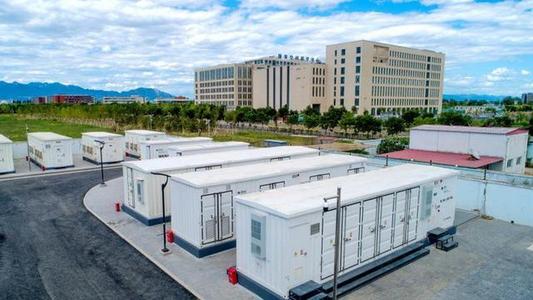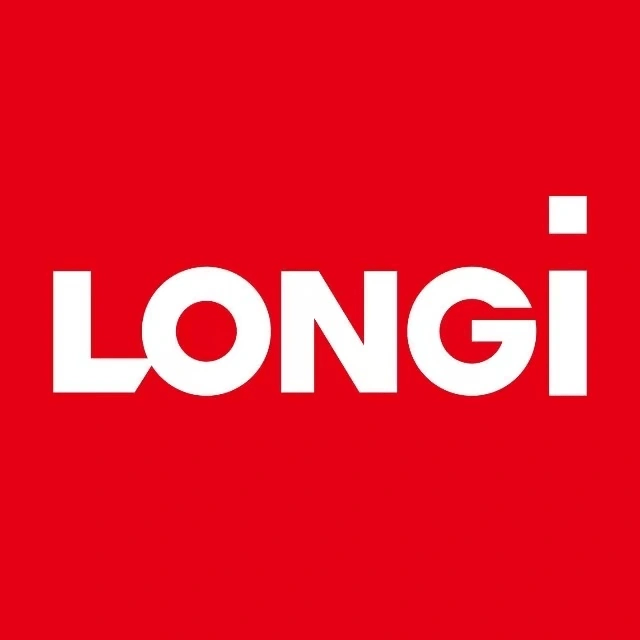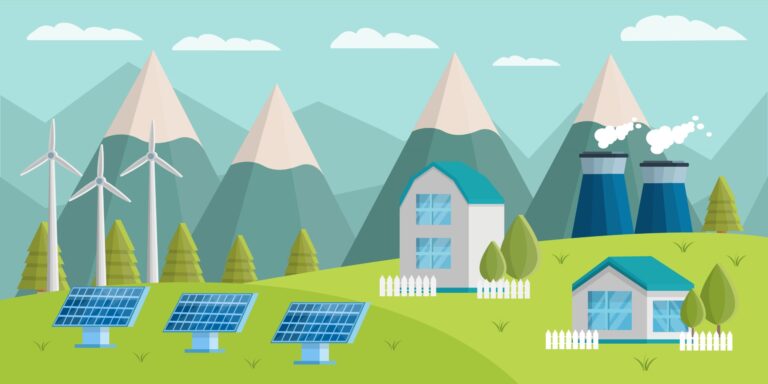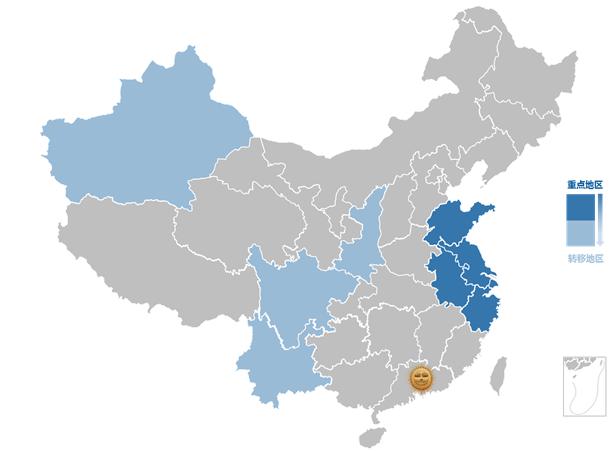
Impressive Financial Performance Amid Industry Struggles
As the semi-annual reports of photovoltaic companies are being disclosed intensively, the entire industry is facing significant challenges, with even leading companies experiencing losses. However, in late June, a relatively young but sizeable inverter company, Solis Inverter, was among the first to announce its forecast for the first half of the year. They reported a dramatic 1400% increase in net profit for Q2 2024 and maintained profitability for the first half of the year.
In 2023, Solis Inverter’s net profit declined by 26%. Despite a slight decrease in the net profit forecast for the first half of 2024, it is performing significantly better compared to major photovoltaic giants like Tongwei Co., LONGi Green Energy, and TCL Zhonghuan, which experienced substantial losses in the first quarter.
According to the semi-annual report forecast, Solis Inverter is expected to achieve a net profit of 305 to 380 million yuan in the second quarter, marking a quarter-over-quarter increase of 1403% to 1773%.
Energetic and Ambitious Leadership
Compared to its peers, Solis Inverter’s founder, Wang Yiming, born in 1981, is notably young, contributing to the company’s vitality. Solis Inverter was founded in 2005, earlier than Huawei’s entry into the photovoltaic industry in 2010 and Sungrow’s establishment in 2007.
The management team at Solis Inverter is also very young, with all top executives being born in the 1980s. Notably, the gender ratio among senior management is 6:5, with only one male among the three vice presidents, highlighting the significant role of women in the company.
Solis Inverter’s ability to remain profitable during the industry’s adjustment period validates Wang Yiming’s decision to focus on inverters. The company has been dedicated to inverters since its inception, with primary products including grid-connected and energy storage string inverters.
Product Development and Market Position
At the 2024 SNEC exhibition in Shanghai, Solis Inverter launched new commercial and industrial inverters featuring the sixth-generation technology platform, achieving a maximum conversion efficiency of 98.8%. However, with leading inverter companies like Sungrow, Deye, Huawei, and GoodWe also intensively releasing new products in the domestic market, Solis Inverter faces the challenge of product homogenization.
Technical and Market Challenges
Achieving technological breakthroughs in the inverter field is challenging due to the high entry barriers and the monopoly of certain components by foreign companies. As Wang Yiming pointed out, inverters have high barriers within the entire photovoltaic industry chain.
Solis Inverter has repeatedly emphasized that it has developed in a market environment dominated by European and American brands. In 2022, the company stated that inverters primarily require IC chips and power chips like IGBTs, all of which are purchased externally. The key components of their fifth-generation technology platform inverters have been 100% sourced from globally renowned brands.
Strategic Focus and Future Prospects
Despite not being the absolute leader in revenue in 2023, Solis Inverter is expected to achieve a net profit of 325 to 400 million yuan in the first half of 2024, a year-over-year decline of 36% to 48%. The company remains determined to progress.
- Competing with Itself: Leveraging its proprietary hardware topology and software algorithms, Solis Inverter aims to improve efficiency. The sixth-generation technology platform has shown a 0.1% improvement over the fifth generation, a result of continuous investment in technology.
- Competing with the Market: The company successfully reduced inventory by over 5% in 2023, while most inverter companies saw an increase. Additionally, Solis Inverter’s gross margin has shown an upward trend amid the industry’s competitive pressure, maintaining above 32% in 2022 and 2023, compared to 25% in 2021.
The company’s strategy has involved more spending on sales than R&D, a common practice among peers, possibly due to the difficulty in technological advancements and reliance on external components like IGBTs.
Market Share and Growth Potential
Solis Inverter excels in string inverters, a market mainstream. According to rankings by Wood Mackenzie and IHS Markit, Solis Inverter was third in global inverter shipments in 2022. While Huawei and Sungrow together covered over 50% of the global market, Solis Inverter sees significant growth potential in the remaining market.
The company has maintained its focus on inverters for nearly 20 years and has become a substantial and representative player in the field. In the short term, commercial and industrial energy storage may be a new growth direction for Solis Inverter. The company has products targeting overseas commercial and industrial energy storage and recently launched several new products for commercial and industrial scenarios. According to the 2023 annual report, Solis Inverter is working on two energy storage-related construction projects, each with an annual capacity of 950,000 and 400,000 units of grid-connected and energy storage string inverters.
Solis Inverter has publicly stated that overseas commercial and industrial energy storage is just beginning, with a low current share but expected to increase. As technology advances, higher-capacity and higher-technical-barrier energy storage solutions might become the next target for Solis Inverter.




